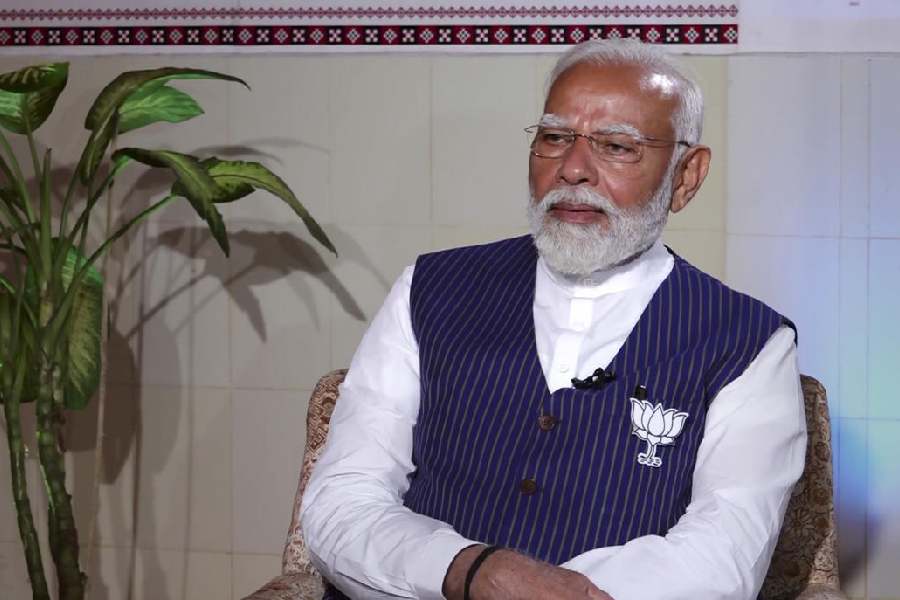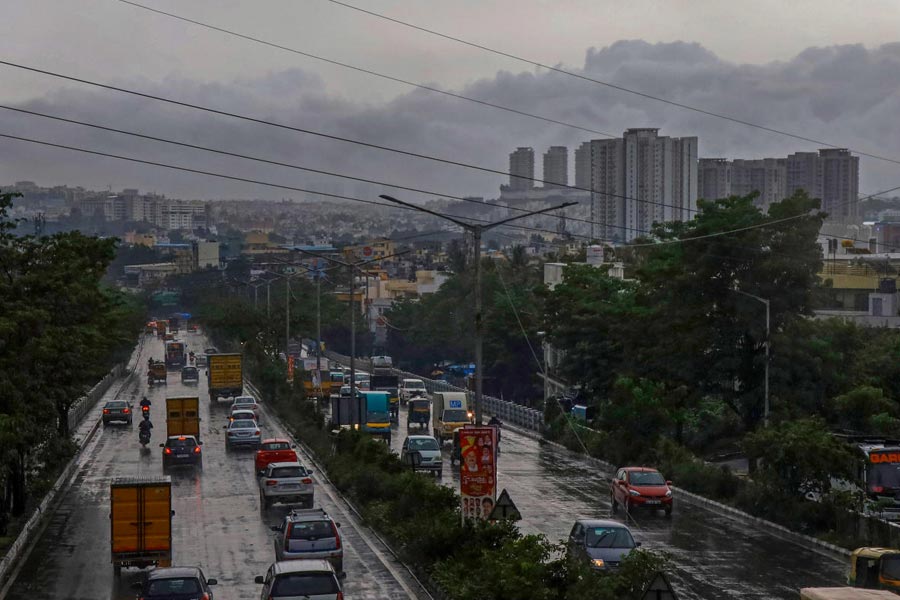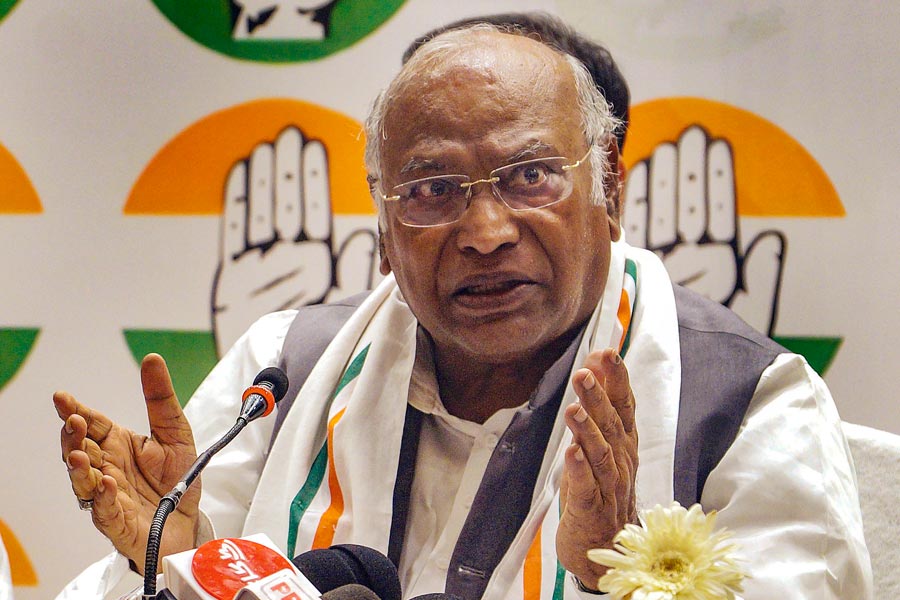These retail structures, to slightly tweak a pop culture expression, could well be christened the ghosts that do not walk. Worryingly, the number of such spooky spaces, a recent estimate suggests, is rising not just in the city but also across the country. A study by Knight Frank India, a real estate consultancy concern, has revealed that one out of four shopping malls — symbols of urban modernity, recreation and consumption — in Calcutta has turned into ‘ghost malls’ that are characterised by low customer footfalls, poor revenue and high retail vacancy space. The gross leasable area in the ghost shopping centres has, according to Knight Frank India, risen from 3 lakh square feet in 2022 to 11 lakh sq ft in 2023, even though Calcutta’s shopping centre density is not quite impressive when compared to the rest of India. The distress seems to be higher in Calcutta’s Tier B and Tier C malls than in those in the top bracket. A combination of macro and micro economic factors has led to the rise in these deserted spaces. The switch to online shopping, especially after the Covid-19 pandemic, by consumers continues, eating into the businesses of brick-and-mortar stores. India’s impressive GDP growth rate figures cannot quite conceal the sluggish rise in personal consumption, the consequence of which is being borne by malls. At the other — micro — causal end are such factors as poor management, unappealing locations and the small size of these edifices.
This is not to suggest that Calcutta is the sole host of ghost malls. The survey, which looked at malls in 29 cities in India, found that shopping centres with 40% of unoccupied space are on the rise in other metropolises too. Of course, India, just like Calcutta, is not an outlier in this respect. In the United States of America, once the cradle of the retail revolution, the number of malls has fallen from about 2,500 in the 1980s to around 700. Only 150 among these, an industry watcher believes, will survive into the next decade. Already, there are whispers in India’s real estate sector of ‘repurposing’ loss-making malls into other viable alternative spaces such as hotels and residential complexes. Whatever the future of shopping malls, this particular crisis only underlines capitalism’s cannibalistic temper. Shopping malls had pushed smaller retail stores towards oblivion; now online shopping threatens to do the same to the former.











